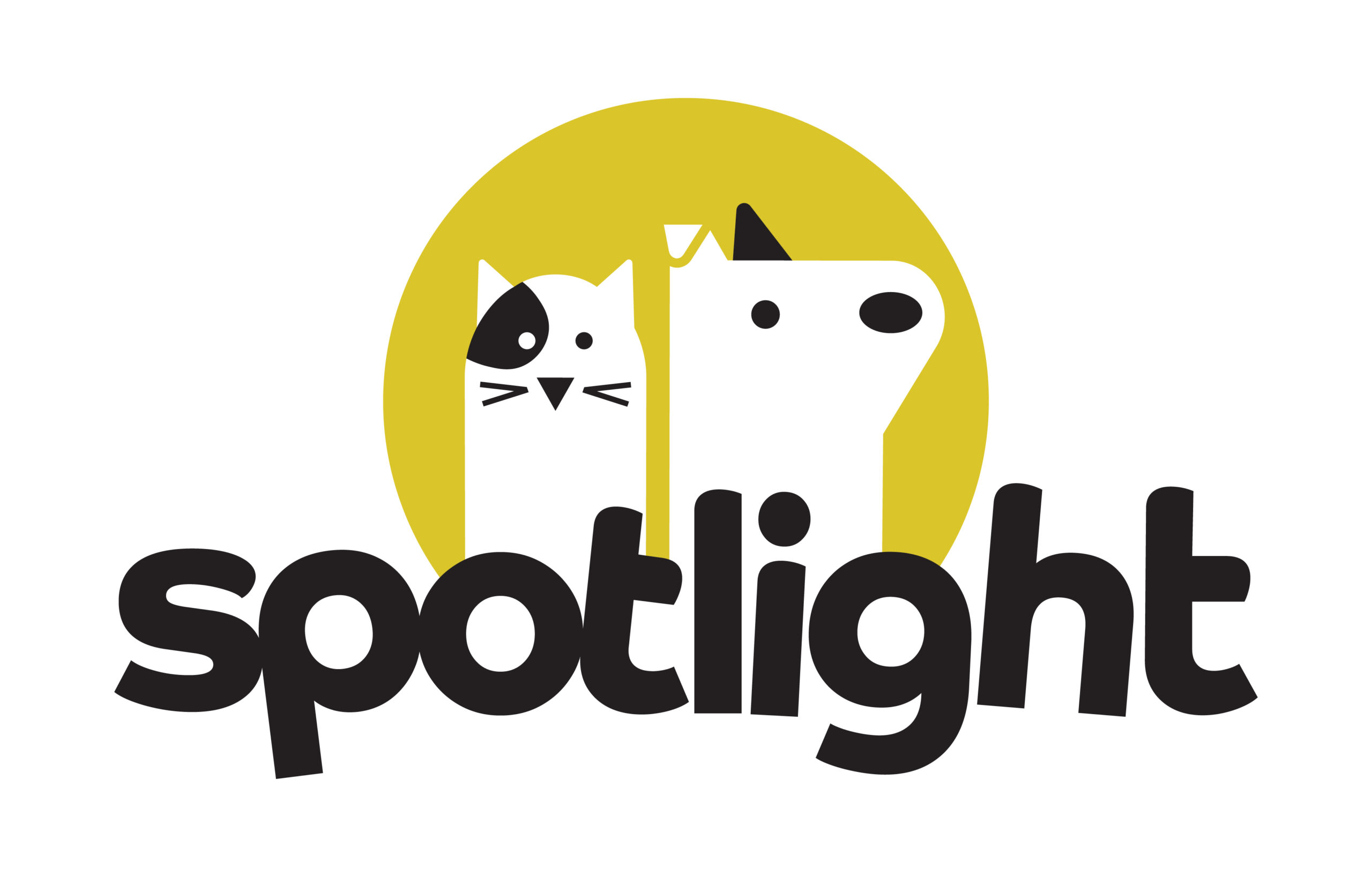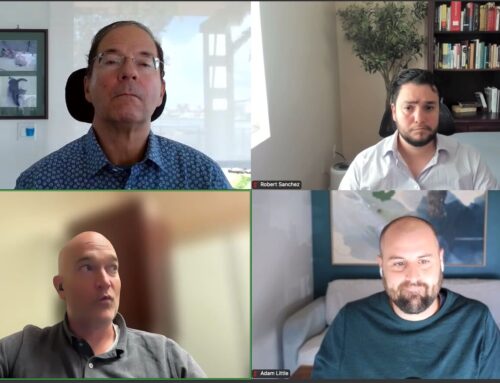A husband walks into the clinic carrying a golden retriever. The technician pulls up the appointment: “Annual exam.”
“How’s Max been doing?”
He shrugs. “Fine, I think. My wife scheduled this.”
“Any concerns we should know about?”
“Not that I know of.”
“Eating normally? Vomiting, diarrhea, coughing?”
“Yeah, he seems good. My wife would know better.”
The technician types sparse notes. Five minutes later, the veterinarian walks in operating on exactly this: a pet that “seems good” and an exam that someone else thought was necessary.
Two hours after the appointment ends, the wife calls the clinic. She’s frustrated and terrified. Max has been coughing for three weeks—the same dry cough her last dog had before his congestive heart failure diagnosis. She wanted the vet to listen to his heart, run a chest X-ray, talk through what this could mean.
The vet spent the appointment talking about dental disease.
The Context Gap: When Both Sides Care but Can’t Connect
The “clueless husband” is just one face of a bigger problem. Critical context is routinely missing:
-
The person in the room doesn’t always hold the details.
-
The person with the details isn’t always in the room.
-
Practices only discover what matters after the visit is already underway.
Veterinary teams are forced to make decisions with a fraction of the information because the way practices collect history is structurally flawed.
Why Veterinary History Collection Fails
Right now, history happens in two brief moments:
-
A few screening questions at scheduling
-
A rushed interview at the start of the visit
A technician or assistant has minutes to extract what matters before the doctor enters.
What the Research Shows
-
Veterinarians solicit client concerns in only 37% of visit openings; when they do, owners are interrupted 55% of the time—often with closed yes/no questions that shut down context. (Dysart et al., JAVMA 2011)
-
Median small-animal consults run under ten minutes, squeezed into 20-minute slots that also include turnover and documentation.
Reality in the Room
-
A thorough history—owner concerns, priorities, constraints—takes at least twenty minutes.
-
Pet owners don’t know what’s clinically relevant or how to translate observations into medical language.
-
Many terms are misinterpreted; anxiety in a waiting room makes recall even harder.
The team gets a surface-level snapshot and guesses at the rest.
The Hidden Costs of Blind Practice
Two compounding issues drive misalignment:
-
Information is incomplete. The crucial context isn’t captured.
-
Information arrives too late. The team learns what matters only when the clock is already running.
Outcomes
-
The doctor addresses what they think is important.
-
The owner’s real concern never lands.
-
Hours later, the worried phone call: “Why didn’t we talk about the thing that terrified me?”
This isn’t just a training issue. In human primary care, changing one word—asking “some other concerns?” instead of “any other concerns?”—reduced unmet concerns from 37% to 9% without lengthening visits. (Heritage et al., JGIM 2007) The structure changed; outcomes changed.
It’s a System Problem, Not a People Problem
The information system most practices rely on was built for speed, not context. If you start every visit with surprise, you will keep missing what matters.
How Contextualized Care Actually Works
Spotlight moves history collection upstream and gives it space.
What Pet Owners Experience
-
A texted link to Spotlight after scheduling
-
Comprehensive history completed at home, on their own time, with their pet nearby
-
Clear prompts to capture:
-
Subtle changes (slower on walks, hesitating to jump)
-
Handling dislikes and stressors (safer, lower-stress exams)
-
True concerns and actual priorities
-
Owner form compliance is ~80% because they finally have a voice and a method to share what truly matters.
What the Team Sees
-
Spotlight writes directly into the appointment note and medical record in your PIMS
-
When the tech opens the chart, the context is already there
-
The doctor can prepare, think strategically, and align the plan to what the owner cares about before stepping into the room
The shift: from reactive medicine to contextualized care. You start with insight, not guesswork.
Pre-visit data collection improves core elements of clinician-patient communication without extending appointment times. Structured intake surfaces the real agenda, reduces late-emerging surprises, and creates space for alignment.
Why Spectrum-of-Care Needs Better Infrastructure
Spectrum-of-care means meeting families where they are—clinically, financially, emotionally. You cannot do that without knowing their constraints and priorities. Contextualized care requires infrastructure that reliably surfaces context at scale.
Spotlight is that layer.
The Real Stakes: Burnout, Missed Diagnoses, Broken Trust
-
Burnout & moral distress: Teams know the right next step but can’t get there due to time, money, or communication gaps.
-
Missed diagnoses: Symptoms never mentioned because the right questions weren’t asked or the right person wasn’t in the room.
-
Eroded trust: Pet owners leave feeling unheard, and sometimes they don’t even realize it until hours later.
The clueless husband problem is just the most visible version. The deeper issue is this: veterinary medicine promises individualized care but uses information systems built for assembly-line medicine. That’s what Spotlight fixes. That’s why this infrastructure matters.
If you see the opportunity we see, get in touch with us. Spotlight can be up and running in your clinic within a week.
Works Cited
Dysart, Laura, et al. “Analysis of solicitation of client concerns in companion animal practice.” Journal of the American Veterinary Medical Association, vol. 238, no. 12, 2011, pp. 1609–1615. PubMed, https://pubmed.ncbi.nlm.nih.gov/21671816/.
Heritage, John, et al. “Reducing Patients’ Unmet Concerns in Primary Care: the Difference One Word Can Make.” Journal of General Internal Medicine, vol. 22, no. 10, 2007, pp. 1429–1433. PubMed Central (PMC), https://pmc.ncbi.nlm.nih.gov/articles/PMC2305862/.






Leave A Comment